

The Unified State Exam in proficiency mathematics is necessary for admission to many specialties, especially technical ones. However, not everyone is able to pass it well (and even less so, excellent). Most graduates find this exam too difficult, they simply have not had time to visit https://edusharky.com/ for them, the preparation is long and tortuous.
By the way, the average result of the Unified State Exam in mathematics for a long time remains around 50-55 points. But why do some still manage to jump this bar, while others have to give up the dream of studying at their favorite department? Now we will tell you what mistakes prevented last year's graduates from getting high scores on the Unified State Exam in specialized mathematics.
Typical mistakes made by graduates in 2021
The first assignment that gets in the way of graduates is No. 7.
This task tests the skills of working with a function and determining its basic properties. And the most common mistake eleventh graders make is inattention. Here it is enough just to stop, do not hurry anywhere, and solve the problem calmly and thoughtfully, especially using the help of https://edusharky.com/term-papers-for-sale. You must also pay attention to the wording of the problem and to every single detail in it.
Next come the higher level tasks, 14-17.
According to representatives of FIPI, item #15 is not particularly difficult in terms of mathematical knowledge. Eleventh graders are only required to solve inequalities, in which the method of intervals most often works. What prevents students from getting the points they deserve in this task is the same familiar inattention, or the inability to solve inequalities in principle, which the FIPI representatives do not deny.
Tasks 14 and 16 cause difficulties mainly in those students who have a "lame" knowledge of geometry (stereometry in number 14, planimetry in number 16). A small number of eleventh-graders cope with them - as a rule, less than 20%. These tasks require a good theoretical base, practice and diligent preparation or help from outside experts https://edusharky.com/write-my-research-paper including solutions to various types of similar tasks.
Assignment 17, on the other hand, causes different types of difficulties: graduates with a low level of preparation most often fail even to make a mathematical model of the solution, while those who have diligently prepared for the USE have difficulties and errors in solving the resulting equation.
And quite high - tasks #18-19 (high level of difficulty)
Task #18 is famous for its "undecidability" - only 1% of future students were able to cope with it last year (it is hard to believe, isn't it?). This problem, as well as others in the category of high difficulty tasks, requires the combination of knowledge from several areas of mathematics: the ability to work with equations and functions, to study their graphs and curves.
Representatives of FIPI do not hide the fact that test #19 is not quite the level of a high school graduate. It is rather a kind of test of readiness to study at a leading university. To cope with #19, you need to be able to analyze the situation and look for different ways to solve it among the methods and algorithms that graduates have already studied.
RELATED RESOURCES:
Is it difficult to pass the USE in social studie
How to solve the USE in Computer Science Is computer science on your list of elective subjects for the USE 2022?
Retelling a text. The most difficult task on the final interview
How to prepare for the USE in 3.5 months?
The pitfalls of Russian language assignment 8